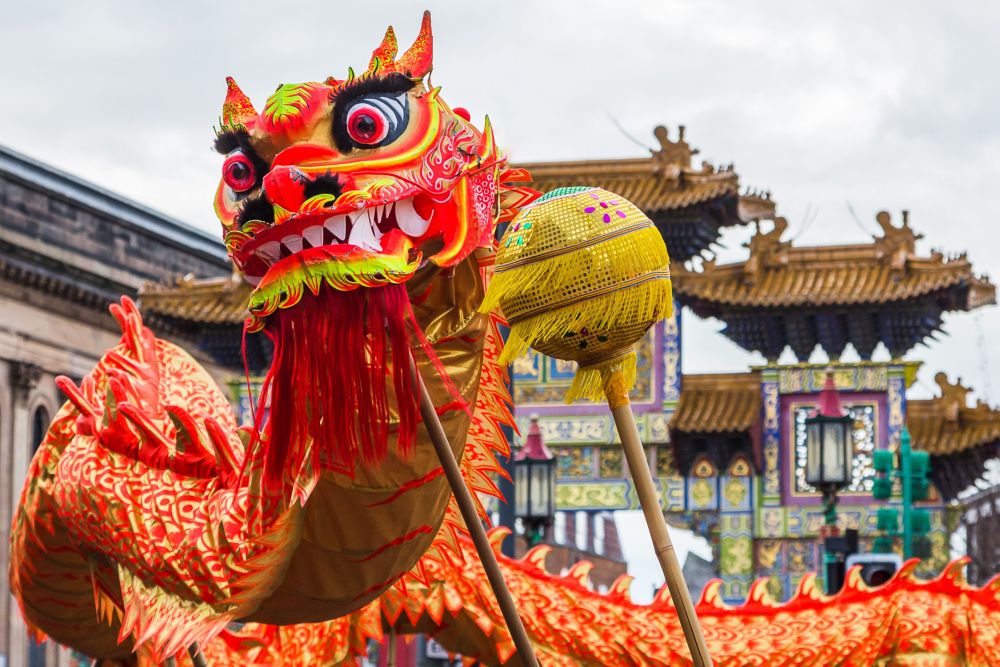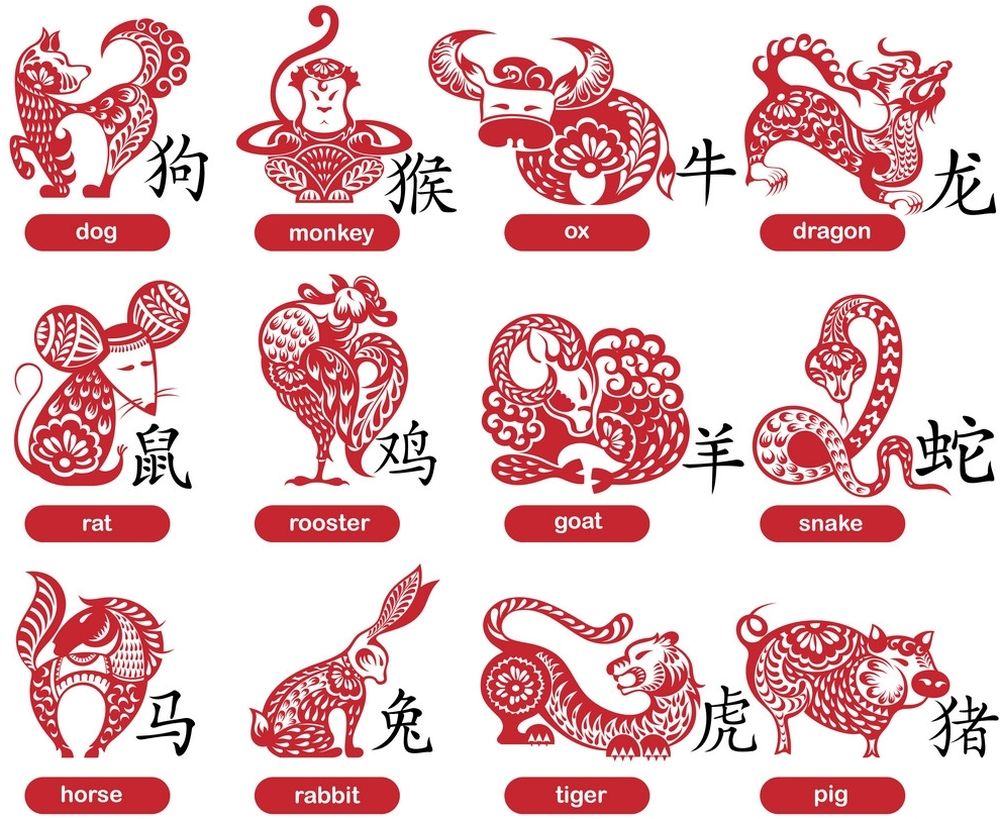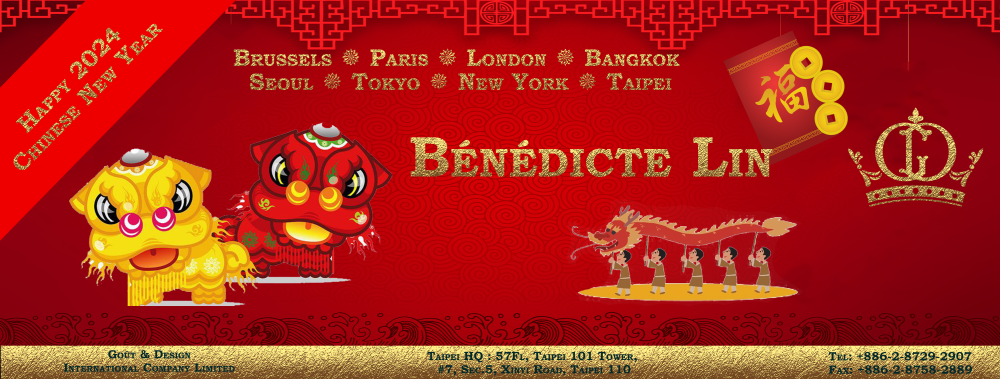The Year of the Dragon dawns upon us as we embrace the Lunar New Year, enveloping millions in a wave of anticipation and jubilation. This ancient tradition holds a deep-rooted significance, transcending mere calendar changes to embody a cultural mosaic woven with legends, traditions, and timeless rituals. Referred to interchangeably as the Chinese New Year, this celestial event symbolizes not just the passing of time but the rejuvenation of life itself, carrying with it the hopes and aspirations of prosperity and good fortune.

Spanning 15 days from the new moon to the Lantern Festival, the Lunar New Year celebrations immerse communities in a kaleidoscope of customs and ceremonies, each laden with meaning and symbolism. Central to these festivities is the Chinese Zodiac, a 12-year cycle intricately tied to the celestial dance of stars and Tai Sui’s influence. Understanding this cosmic framework illuminates the significance of the Year of the Dragon, as each animal sign contributes to a tapestry of predictions and traditions that shape the essence of this joyous occasion.

The Chinese Calendar operates on a unique 12-year cycle, with each year corresponding to a specific animal in the Chinese Zodiac, influencing various aspects of life such as personality traits, compatibility, and fortunes. In 2024, the Year of the Dragon emerges, symbolizing power, strength, and good fortune deeply ingrained in Chinese mythology. Individuals born in this auspicious year are believed to inherit these noble traits. Tai Sui, the celestial energy governing each zodiac sign, significantly shapes fortunes, and understanding its influence can enhance prosperity in the Year of the Dragon. Geomancy, analyzing the positions of stars and their impact on each zodiac sign, offers insights into celestial predictions guiding Lunar New Year celebrations, unraveling the profound symbolism and cultural significance embedded in this revered tradition.

Embark on a journey into Chinese folklore as we delve into the mythical beast, Nian, and its profound influence on Lunar New Year traditions. Discover the ancient tale of how villagers thwarted Nian’s attacks using red banners, firecrackers, and the vibrant color red, laying the enduring foundation for Lunar New Year customs. Unravel the symbolic significance behind these age-old practices, from wearing red to hanging banners and igniting firecrackers, all aimed at warding off negativity and ushering in good fortune. Through the passage of time, the legacy of Nian continues to thrive, as these vibrant traditions remain integral to contemporary Lunar New Year celebrations, bridging the gap between ancient lore and modern festivities.

Explore the vibrant tapestry of Lunar New Year preparations, where culinary delights like festive cakes and puddings take center stage, symbolizing growth and improvement for the coming year. Delve into the meticulous rituals of cleaning and hanging red banners, each act representing the cleansing of negative energies and the welcoming of good fortune. Navigate through the intricate dos and don’ts of Lunar New Year preparations, where superstitions and traditions intertwine, from the necessity of a thorough cleanup to the symbolism behind avoiding haircuts and footwear choices. Embrace the culinary traditions of the season with a traditional turnip cake recipe, immersing yourself in the flavors that define this beloved dish and making its preparation a cherished part of the festive season.





